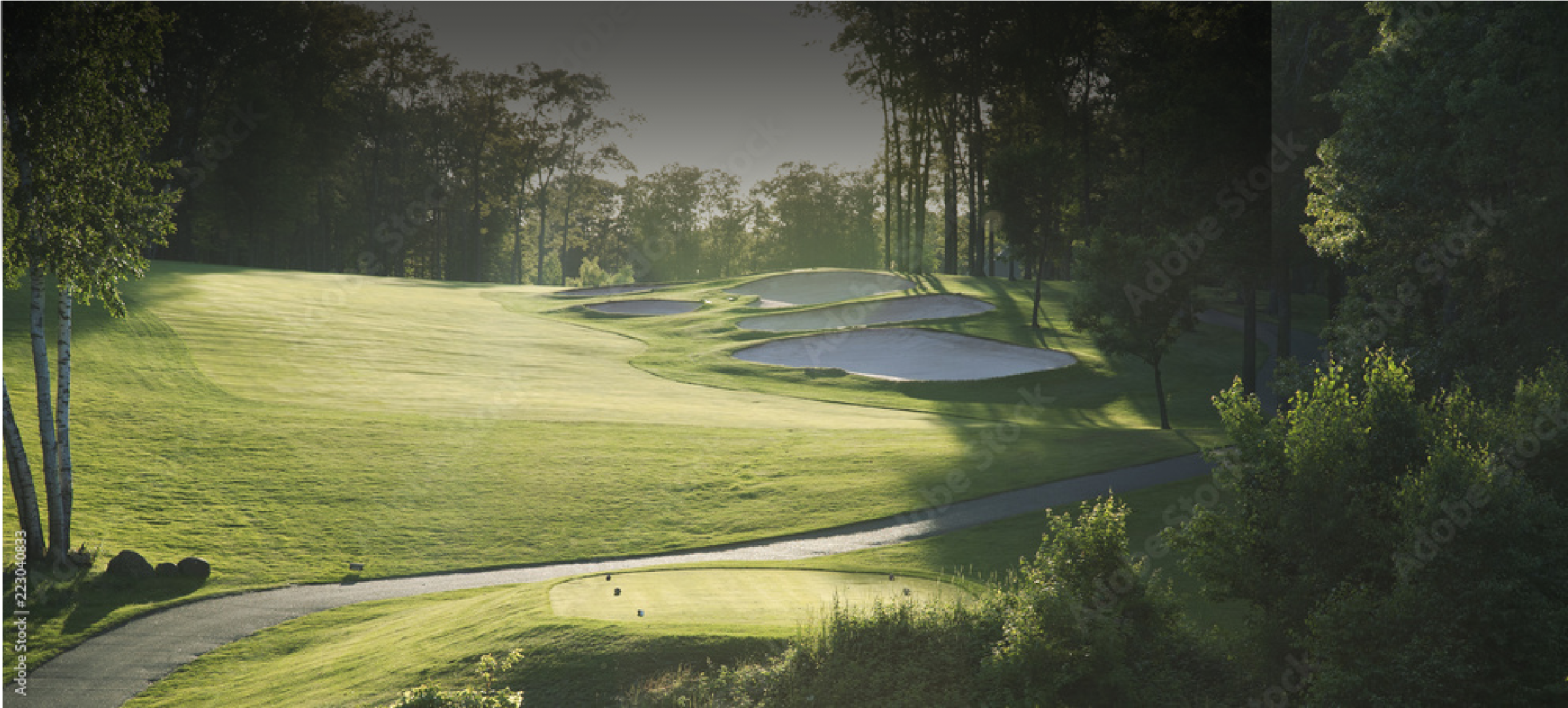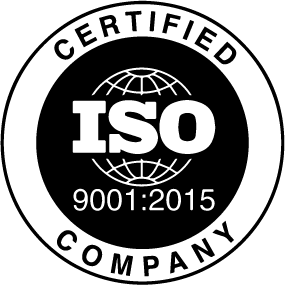Sustainability
We transform landscapes sustainably.
Our Sustainability Policy is available for customers and the policy sets out the way in which Talbot will deliver on the “we transform landscapes” aspiration in a sustainable, environmentally responsible and energy efficient manner. The policy is controlled within our Integrated Management System “IMS” reviewed annually and approved by the Board.
We plan and execute our work consistent with our Sustainability Policy and the values of ISO14001. Importantly we seek to weave and formalise our working practices enthusiastically developed over the various career lifetimes of our skilled team into best-in-class systems of internal control integrated to our corporate strategy. We then routinely go to work, to transform landscapes in a sustainable manner.
Sustainable landscapes create comfortable, healthy, and accessible environments without negatively impacting the planet. This creates communities of low carbon landscaping, which maximises carbon sequestration, promotes biodiversity, cleaning the air and water.
It is also a planet purposefully landscaped to mitigate the impacts of climate change that we are already facing.
Sustainability forms an integral part of decision making from design, material specification, procurement to on-site construction maximising additional benefits around social value, biodiversity gain, pollution reduction and cost savings. This requires early engagement with design teams, the supply chain, local communities, and all relevant stakeholders.
We advocate a collaborative and holistic approach to sustainability set around the core themes consistent with the economic, social and environmental pillars within sustainability strategies of our customers.
Our customers benefit from how 30+ years experience has innovated and tested habitual environmental procedures into our work practices . We repeatedly deliver high levels of sustainable customer service and our Integrated Management System is audited under ISO9001:2015 quality standards.
Green landscapes: The healthy functioning of any landscape depends on soil ecosystem services that include carbon storage, regulation of the water cycle, and biodiversity support. Damage to soil during project works is reduced by for instance minimising excavation and compaction.
Low carbon landscapes: Low carbon and natural materials such as timber and cork are prioritised. We are committed to the electrification of our fleet, maximising biofuel and bio-oils currently.
All engine powered plant is compliant with Stage V emissions and equipped with urban silenced mufflers. Opportunities for local and responsible sourcing are explored and recycled content and durability criteria are part of our material selection procedure.
On an individual level, our approach will enable our customers to reduce their carbon footprints by promoting active and sustainable activity within their estates.
Clean landscapes: By incorporating circular economy principles we reduce waste at source and encourage the treatment of is as potential resource. This includes reusing soils and timber from felled trees, working with the supply chain to minimise unnecessary packaging etc. A 100% diversion from landfill target is set for project construction and further reuse and recycling KPIs are prioritised.
Resilient landscapes: Prioritising nature-based drainage solutions, such as rain gardens and swales, and the selection of permeable hardscape materials to reduce stormwater runoff and the risk of flooding, while at the same time enhancing biodiversity creates visually pleasing amenity spaces.
We specify plants resilient to both heavy rainfall and long periods of drought associated with climate change.
Microclimatic landscaping incorporates passive cooling and shading to create comfortable spaces all year round.
Healthy landscapes: A healthy landscape is restorative, uplifting and inclusive.
Health and wellbeing promotion will be targeted with the construction of spaces that facilitate both social interaction and quiet downtime. A sense of safety through activity, accessibility, visibility and lighting, encouraging outdoor exercise and enabling people to meet.
Carbon Reduction
We are committed to maintaining an ecological balance to ensure environmental resources will be protected and maintained for future generations.
Our objective is to be net zero by 2035. We are upskilling our understanding of Greenhouse Gas (GHG) reduction the Science Based Target initiatives (SBTis) like other organisations of our scale, developing strategies to support this objective. We have set interim carbon reduction targets, other mitigations, education plans and integration objectives.
We promote Environment, Social & Government “ESG” initiatives through our membership of green organisations and societies.
We are leading the sector in pivoting to lower carbon raw materials, lower carbon energy sources and the adoption of electric equipment replacing existing fossil fuel machinery with new fully electric machinery when commercially available and supported by the appropriate infrastructure.








